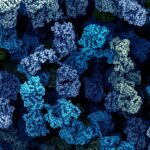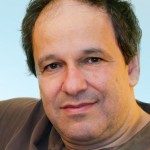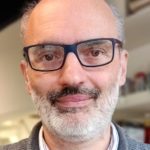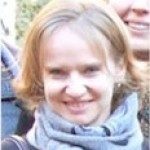Lien vers Pubmed [PMID] – 22586468
PLoS ONE 2012;7(5):e36343
Hydrogen selenide is a recurrent metabolite of selenium compounds. However, few experiments studied the direct link between this toxic agent and cell death. To address this question, we first screened a systematic collection of Saccharomyces cerevisiae haploid knockout strains for sensitivity to sodium selenide, a donor for hydrogen selenide (H(2)Se/HSe(-/)Se(2-)). Among the genes whose deletion caused hypersensitivity, homologous recombination and DNA damage checkpoint genes were over-represented, suggesting that DNA double-strand breaks are a dominant cause of hydrogen selenide toxicity. Consistent with this hypothesis, treatment of S. cerevisiae cells with sodium selenide triggered G2/M checkpoint activation and induced in vivo chromosome fragmentation. In vitro, sodium selenide directly induced DNA phosphodiester-bond breaks via an O(2)-dependent reaction. The reaction was inhibited by mannitol, a hydroxyl radical quencher, but not by superoxide dismutase or catalase, strongly suggesting the involvement of hydroxyl radicals and ruling out participations of superoxide anions or hydrogen peroxide. The (•)OH signature could indeed be detected by electron spin resonance upon exposure of a solution of sodium selenide to O(2). Finally we showed that, in vivo, toxicity strictly depended on the presence of O(2). Therefore, by combining genome-wide and biochemical approaches, we demonstrated that, in yeast cells, hydrogen selenide induces toxic DNA breaks through an O(2)-dependent radical-based mechanism.





